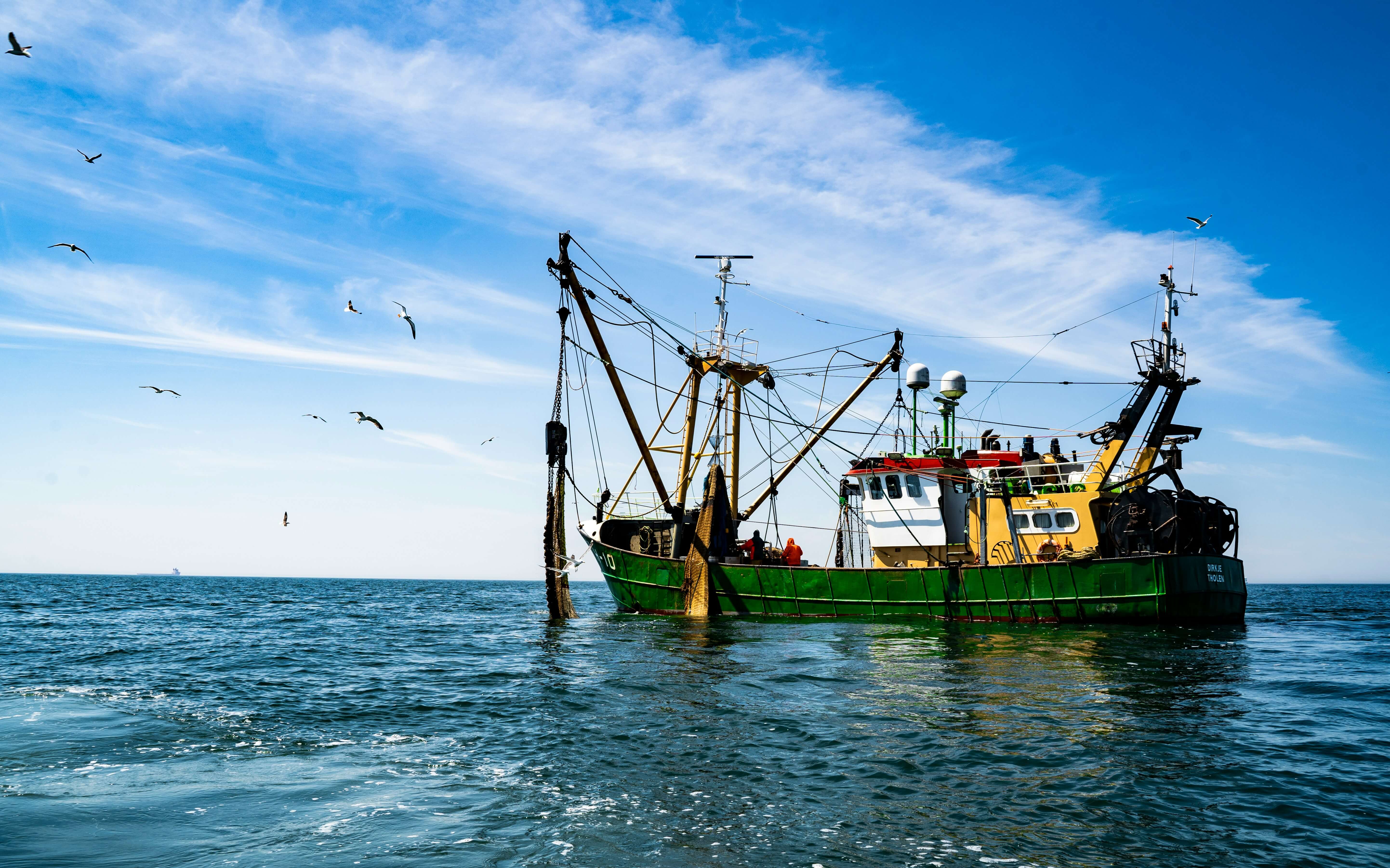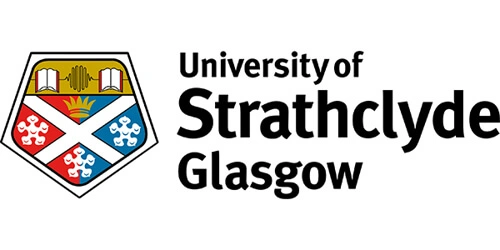Developing the renewable energy sector in Scotland is an important part of meeting Net Zero targets. This requires a large increase in the number of offshore wind turbines operating in Scotland’s waters, crowding the marine space and enhancing the risk of interactions with other marine users such as the fishing industry. At the same time, climate change is altering the marine environment, shifting the spaces that the fishers utilise as species distributions change over time.
The Net Zero Operations programme aims to accelerate the transition towards a net-zero future. As part of this, the team is currently working on the Data for Net Zero (D4NZ) project ‘Marine Environment Industrial Planning Application’. The work package entails producing an objective, data-driven tool to support decision-making and planning in the marine environment that will inform the potential interactions between different stakeholders in the marine space.
Scottish Fishing Industry
The fishing industry in Scotland can be grouped into three broad sectors – pelagic, demersal and shellfish. Each sector generates a significant amount of income for the Scottish economy (Figure 1) and are important sources of employment in coastal areas (Scottish Government, 2022).

Figure 1. Value of landings by the Scottish fishing industry in 2022. Scottish Sea Fisheries Statistics 2022 https://www.gov.scot/publications/scottish-sea-fisheries-statistics-2022/
Impacts of Climate Change
Sea temperatures in the northeast Atlantic have been increasing as a result of climate change. A range of climate models have been developed to model these changes over time and predict how the marine environment will look in the future.

Figure 2. Projected yearly average sea surface temperature in 2050 under emissions scenario RCP 4.5 using a POLCOMS-ERSEM physical model (Kay, 2020) compared to 2020 values.
These changes have resulted in a well-documented change to the distributions of key commercial species (for example Rutterford et. al, 2023; Townhill et. al, 2023). This work package is currently focusing on developing species distribution models that include environmental variables to predict where these key species may be distributed in the future under a range of climate scenarios. This will help to inform the spatial distribution of key fisheries during the operational lifetime of renewable developments (e.g. offshore wind).
Vessel Tracking Data
Vessel Monitoring Systems (VMS) are a key part of monitoring the activities of fishing vessels and are mandatory for vessels over 12 metres in length. VMS data pings are recorded every two hours along with important information on the gear and length of the vessel itself. These can be used to explore the behaviour of fishing vessels and the associated logbook data provide information on which fish species the boats are catching. Methods for estimating where fishing activity is taking place vary depending on gear type.
Automatic Identification Systems (AIS) data also have the potential to complement VMS data, as they have a higher ping frequency and therefore give a more detailed picture of vessel movements. However, these systems are not mandatory and are susceptible to challenges such as spoofing or disruption to availability. For smaller vessels with no mandatory VMS, AIS can provide an important source of information.
The Proposed Approach
The work carried out by the Net Zero Operation team aims to develop and apply algorithms to the VMS/AIS data to correctly identify areas of fishing activity by the Scottish fleets. Using the results from the predicted distributions of key commercial species, the team aims to predict where fishing activity will be based in the future under a range of different climate scenarios. Ultimately, this will lead to the development of a decision-support tool that can be used to inform objective, data-driven insights related to interactions in the marine space.
To discover more about how our Net Zero Operations team are solving real-world problems, view our dedicated Net Zero Operations webpage or Projects page.








